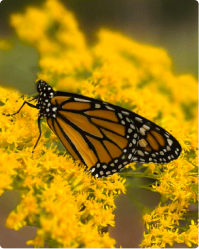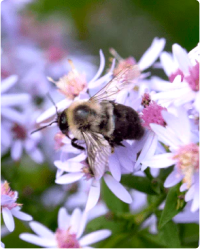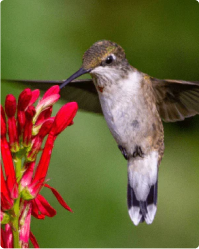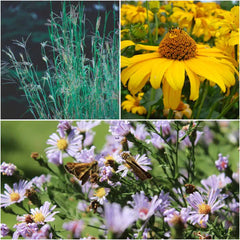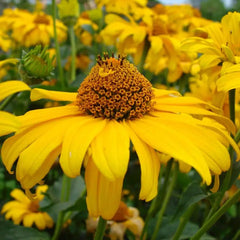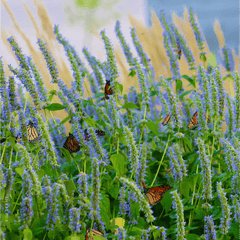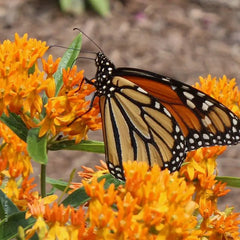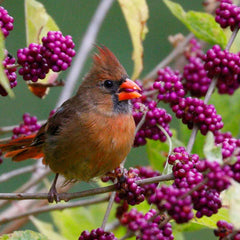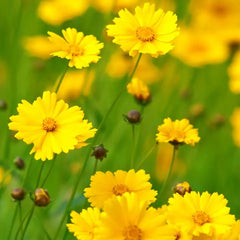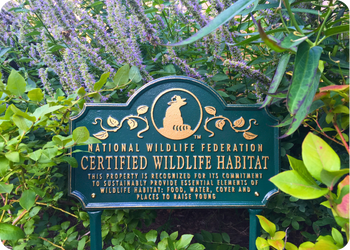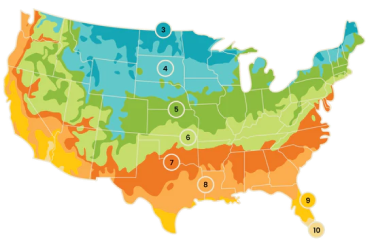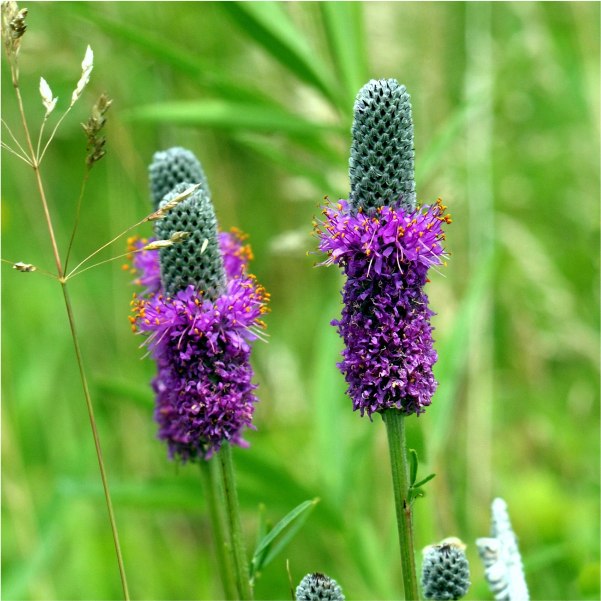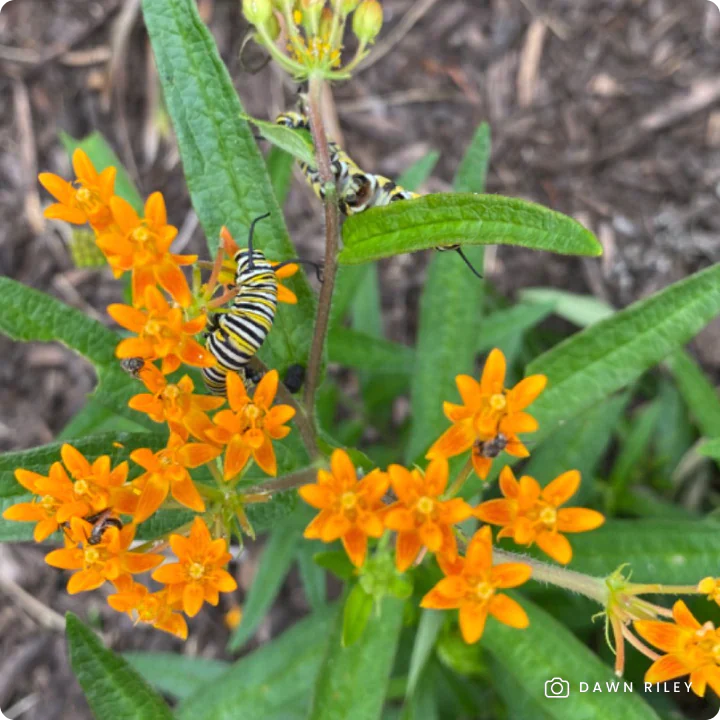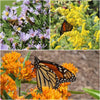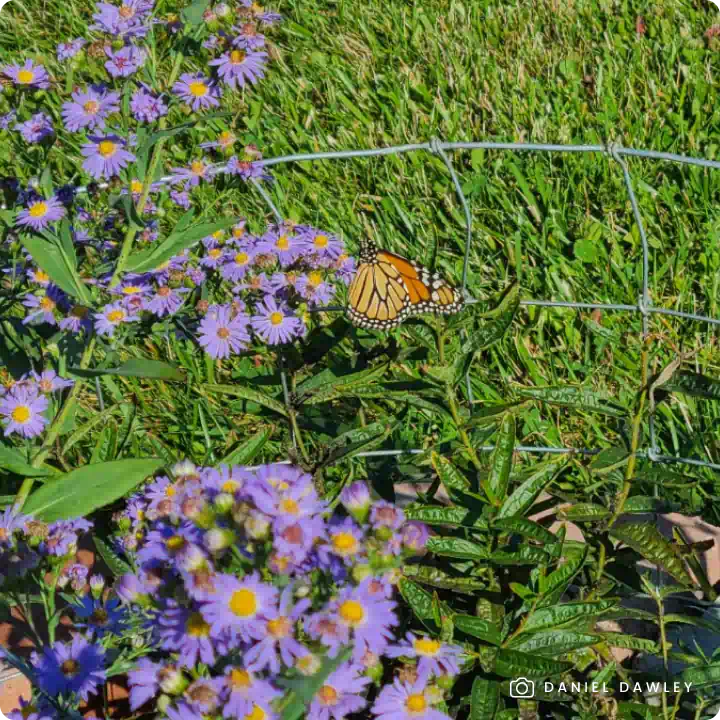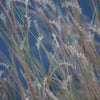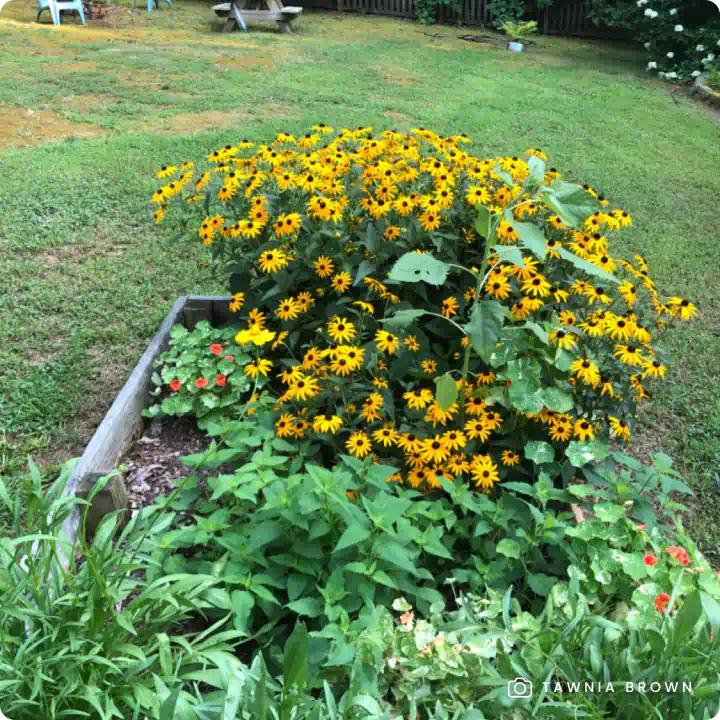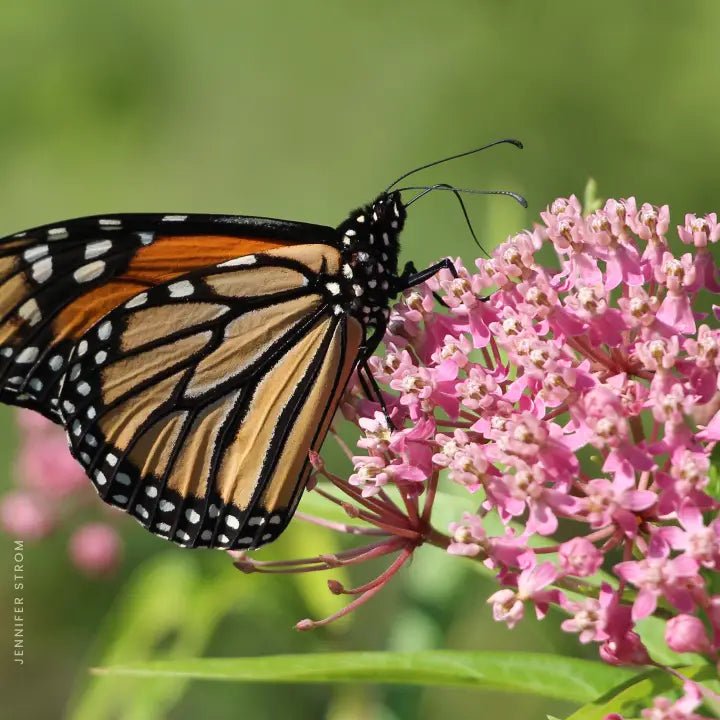Bring brilliant summer color, elegant texture, and unmatched ecological value to your garden with Purple Prairie Clover (Dalea purpurea)—a hardy, drought-tolerant native perennial that thrives in sunny, well-drained sites. With delicate, fern-like foliage and graceful upright stems topped by thimble-shaped clusters of rose-purple flowers, this legume adds ornamental appeal while nourishing wildlife and soil.
A beloved nectar source for native bees, butterflies, and moths, Purple Prairie Clover is also a host plant for species like the Southern Dogface, California Dogface, Reakirt’s Blue, and Rusty Patched Bumblebee, a federally endangered pollinator. Deep taproots give it exceptional drought resilience, and as a nitrogen-fixer, this plant naturally enhances soil health—making it a valuable member of any restoration, meadow, or low-maintenance garden.
Why You’ll Love Purple Prairie Clover:
- Iconic Blooms: Striking cone-like purple flowers bloom bottom to top from June through September.
- Pollinator Powerhouse: Loved by bees (especially bumblebees), butterflies, and beneficial insects.
- Larval Host Plant: Supports several butterfly and moth species throughout their life cycles.
- Nitrogen Fixer: Naturally enriches soil, improving garden health.
- Drought-Tolerant: Thrives in dry, rocky, or sandy soils after establishment.
- Deer-Resistant: Not favored by browsing wildlife.
- Low Maintenance: Long-lived and tolerant of poor soils and harsh conditions.
- Pollinator-Safe: Grown non-GMO and free of harmful neonicotinoids, promoting a healthy ecosystem for pollinators and wildlife.
Available in sets of three, six, or 12 plants to suit gardens of any size.
Planting Tips
- Location: Prefers full sun for best flowering and growth. Adaptable but thrives in dry to medium, well-drained soils (including sandy, rocky, or clay-based).
- Watering: Water regularly until established; then, drought-tolerant.
- Maintenance: Minimal care required. There's no need to deadhead the flowers, as allowing them to go to seed provides a valuable food source for birds. Leaving the stems standing in the fall offers overwintering sites for beneficial insects. If desired, cut back the stems in late spring after pollinators have emerged.
For more information on planting, view our How to Plant Your Native Plants guide and other planting tips in the Garden for Wildlife Learning Center.
Purple Prairie Clover is not only a stunning and sculptural summer bloomer, it’s also one of the Midwest’s best plants for pollinators and prairie resilience. Add it to your garden to boost biodiversity, restore habitat, and enjoy a reliable performer that returns year after year.
